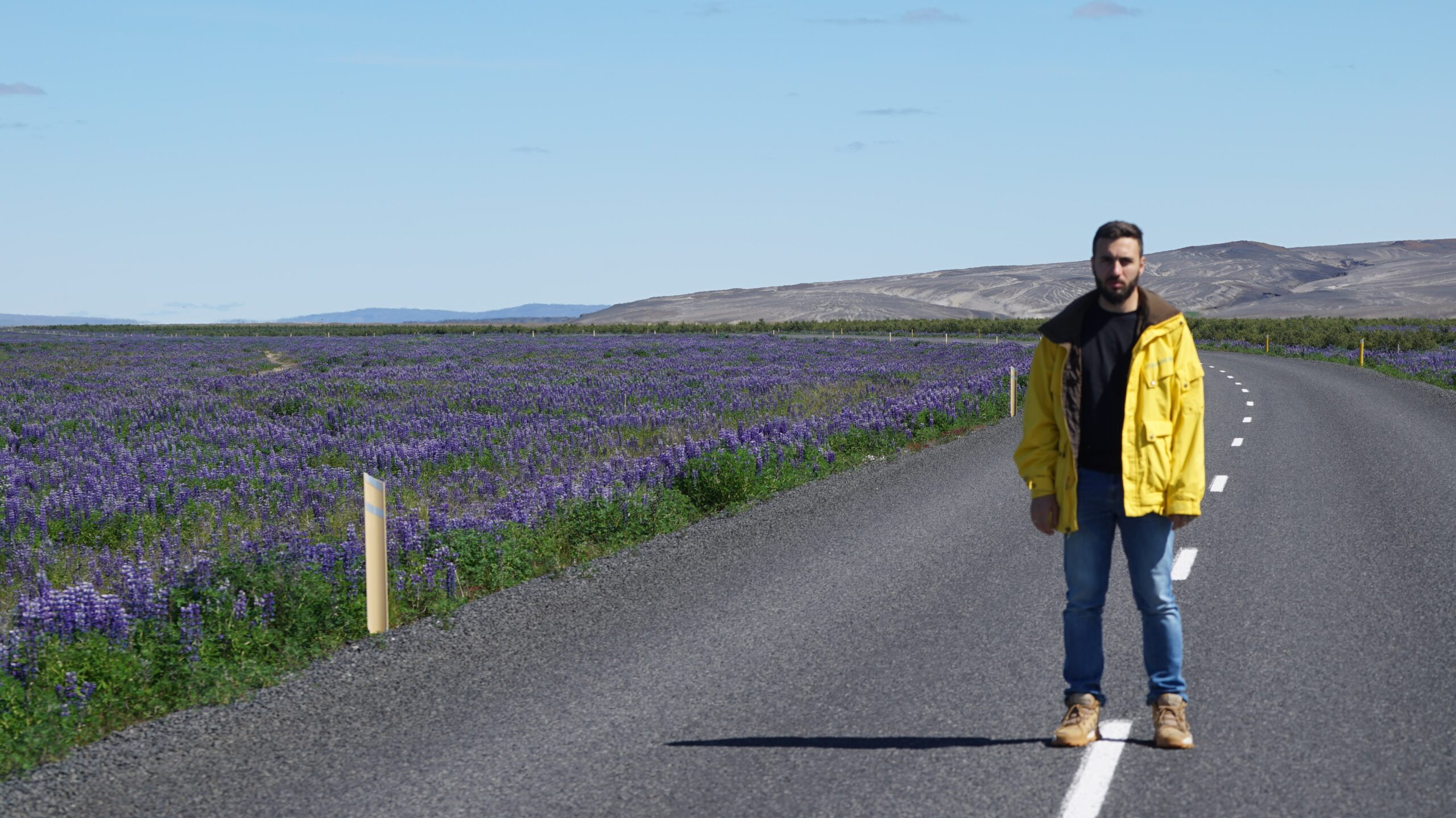
When it comes to ice climbing, the right choice of clothing can make all the difference between a thrilling adventure and a freezing ordeal. Worry not, dear adventurer, for we are here to guide you through the daunting task of choosing the best attire for conquering icy heights. From base layers that keep you warm and dry to insulating midlayers and protective outer jackets, we’ve got you covered (literally!). So buckle up, lace on your crampons, and get ready to learn all about the essential gear that will make your ice climbing experience both safe and comfortable.

1. Base Layers
1.1 Materials and Fabrics
When it comes to base layers for ice climbing, it’s important to choose materials that wick moisture away from your skin and provide insulation. Merino wool is a popular choice for base layers as it is breathable, soft, and naturally odor-resistant. Synthetic materials such as polyester or nylon are also great options as they dry quickly and are lightweight. Additionally, some base layers have a combination of both merino wool and synthetic materials to provide the benefits of both.
1.2 Recommended Base Layer Options
For base layers, consider wearing a long-sleeve top and bottoms to provide full coverage and protection from the cold. Brands like Smartwool, Patagonia, and Icebreaker offer excellent base layer options tailored specifically for ice climbing. Look for base layers that have a snug yet comfortable fit, allowing for easy layering.
2. Insulating Layers
2.1 Types of Insulating Layers
Insulating layers are crucial for trapping heat and keeping you warm during ice climbing expeditions. There are various types of insulating layers to choose from, including down jackets, synthetic insulated jackets, and fleece jackets. Down jackets are highly efficient in providing insulation, as the down feathers create pockets of trapped air. Synthetic insulated jackets are a more affordable and versatile option, as they still offer good insulation even when wet. Fleece jackets, on the other hand, are lightweight, breathable, and provide excellent insulation while allowing for easy movement.
2.2 Recommended Insulating Layer Options
For insulating layers, a combination of a down or synthetic insulated jacket and a fleece jacket is often recommended. Brands like The North Face, Arc’teryx, and Black Diamond offer a wide range of high-quality options tailored for ice climbing. Look for jackets with adjustable hoods and cuffs to seal in warmth, and consider the weight and compressibility of the insulation for easy packing and carrying during climbs.
3. Outer Layers
3.1 Shell Jackets
Shell jackets are essential for protecting you from the elements during ice climbing. These jackets are designed to be windproof, waterproof, and breathable. Look for jackets made with Gore-Tex or other similar materials that offer excellent waterproofing while allowing moisture to escape. Pit zips or underarm vents are also beneficial for regulating body temperature during strenuous climbs.
3.2 Shell Pants
Equally important as shell jackets, shell pants provide protection for your lower body. Look for pants made with the same materials as shell jackets to ensure they are waterproof and breathable. Consider options with reinforced knees and seat for added durability on rough terrains.
3.3 Recommended Outer Layer Options
Brands like Mammut, Outdoor Research, and Mountain Hardwear offer a range of high-quality shell jackets and pants specifically designed for ice climbing. Look for jackets and pants that have adjustable hoods, cuffs, and waistlines for a customizable fit. It’s also essential to choose outer layers that allow for easy movement while providing adequate protection from wind, rain, and snow.
4. Hand Protection
4.1 Gloves
Protecting your hands is crucial in ice climbing, as they are often exposed to cold temperatures and rough terrain. Opt for gloves made with waterproof and breathable materials to keep your hands dry and comfortable. Look for options with insulation to provide warmth, but also ensure they allow for dexterity and a good grip on tools.
4.2 Mittens
For extreme cold conditions, mittens are an excellent choice as they offer better insulation by keeping your fingers together. Choose mittens made with durable and waterproof materials, and look for options with removable liners for versatility in changing conditions.
4.3 Recommended Hand Protection Options
Brands like Black Diamond, Outdoor Research, and Hestra are known for their high-quality gloves and mittens for ice climbing. Look for options with reinforced palms and fingers for enhanced durability and grip. Consider gloves or mittens that have adjustable cuffs to seal out snow and cold air effectively.

5. Footwear
5.1 Insulated Mountaineering Boots
Proper footwear is essential for ice climbing, as it provides stability, traction, and insulation. Insulated mountaineering boots are specifically designed to withstand cold temperatures and provide support on challenging terrains. Look for boots with a waterproof and breathable membrane, such as Gore-Tex, and consider the insulation rating to ensure sufficient warmth.
5.2 Crampons
Crampons are an integral part of ice climbing gear as they provide traction on icy surfaces. Look for crampons that are compatible with your mountaineering boots and consider the type of terrain you will encounter. It’s essential to choose crampons with adjustable and secure attachments to ensure a snug fit.
5.3 Recommended Footwear Options
Brands like La Sportiva, Scarpa, and Salewa offer a wide range of insulated mountaineering boots suitable for ice climbing. Look for boots with a stiff sole for stability and a snug fit to prevent blisters. Additionally, consider the tread pattern on the boots for optimal grip on icy surfaces.
6. Headgear
6.1 Helmets
Safety should always be a priority during ice climbing, and wearing a helmet is crucial to protect your head from falling ice or rock. Look for helmets that meet safety standards, such as those certified by UIAA or CE. Consider helmets with adjustable straps and a comfortable fit system for a secure and customizable fit.
6.2 Hats
Hats provide additional warmth and protection for your head during cold climbs. Opt for hats made with insulating materials such as wool or fleece. Look for options that cover your ears for added protection against frostbite.
6.3 Balaclavas
Balaclavas are especially useful for protecting your face and neck from the cold and wind. Look for balaclavas made with moisture-wicking and breathable materials, allowing you to stay dry and comfortable during intense climbs. Consider options that can be adjusted to cover only your mouth and nose or pulled up to cover your entire face.
6.4 Recommended Headgear Options
Brands like Petzl, Black Diamond, and Mammut offer a range of helmets suitable for ice climbing. Look for helmets that have a lightweight yet durable construction and adjustable ventilation for comfort. When it comes to hats and balaclavas, brands like Smartwool, Arc’teryx, and Buff offer excellent options with different levels of insulation and coverage to suit various preferences.

7. Eye Protection
7.1 Sunglasses
Protecting your eyes from harsh sunlight, glare, and flying debris is essential during ice climbing. Look for sunglasses with 100% UV protection and polarized lenses to reduce glare. Consider wrap-around styles or those with side shields for maximum coverage.
7.2 Goggles
For more extreme weather conditions or when climbing near icefall, goggles offer additional protection for your eyes. Look for goggles with lenses that provide good visibility while filtering out harmful UV rays. Anti-fog coatings and ventilation systems are also beneficial to prevent fogging.
7.3 Recommended Eye Protection Options
Brands like Julbo, Smith Optics, and Oakley offer a wide range of sunglasses and goggles suitable for ice climbing. Look for options with durable frames and lenses that are impact-resistant. Consider interchangeable lenses or photochromic options for versatility in different light conditions.
8. Layering Strategies
8.1 Choosing the Right Combination
Layering is crucial for maintaining comfort and adjusting to changing weather conditions during ice climbing. The key is to choose layers that wick moisture, provide insulation, and protect from the elements. Start with a moisture-wicking base layer, add insulating layers for warmth, and top it off with shell layers for wind and waterproofing.
8.2 Adjusting Layers as Needed
One of the advantages of layering is the ability to adjust and remove layers as your activity level and the weather changes. If you start feeling too warm, consider removing a mid-layer or opening up vents in your shell layers to regulate body temperature. On the other hand, if the weather turns colder, add additional insulating layers and ensure all layers are properly sealed to retain heat.

9. Additional Accessories
9.1 Gaiters
Gaiters are an essential accessory for ice climbing as they provide protection for your lower legs and keep snow and debris out of your boots. Look for gaiters made with waterproof and breathable materials. Consider options with adjustable straps and a secure closure system for a snug and reliable fit.
9.2 Socks
Choosing the right socks is crucial for keeping your feet warm and comfortable during ice climbing. Look for socks made with moisture-wicking materials to keep your feet dry and prevent blisters. Merino wool or synthetic blends are excellent choices. Consider options with cushioning in key areas, such as the heel and toes, for added comfort and protection.
9.3 Neck Gaiters or Buffs
Neck gaiters or buffs provide additional protection for your neck and can be pulled up to cover your face in extreme conditions. Look for options made with insulating materials and moisture-wicking properties. Consider options with a versatile design that allows for different styles of coverage.
9.4 Hand and Toe Warmers
Hand and toe warmers can be a lifesaver during long ice climbing expeditions in extremely cold conditions. These disposable warmers provide heat for several hours, keeping your hands and feet warm. Look for warmers that are activated by exposure to air and easy to use, and consider keeping a stash in your pack for emergencies.
10. Clothing Considerations for Different Climbing Conditions
10.1 Cold Weather Climbing
In cold weather climbing conditions, layering is key to maintaining warmth. Consider adding an extra insulating layer, such as a down or synthetic jacket with higher insulation ratings. Ensure all layers are properly sealed to prevent cold air from penetrating. Additionally, choose gloves and mittens with higher insulation and consider wearing additional hand and toe warmers for added heat.
10.2 Mixed Climbing
Mixed climbing involves both rock and ice climbing, requiring versatility in clothing choices. Opt for breathable and stretchable materials that allow for ease of movement. Consider wearing lighter base layers to prevent overheating during more strenuous rock climbing sections. Ensure your outer layers are durable and provide adequate protection from the elements.
10.3 Wet and Snowy Climbing
When climbing in wet and snowy conditions, waterproof and quick-drying materials are essential. Choose shell layers that offer excellent waterproofing and moisture-wicking capabilities. Gaiters become even more crucial in these conditions to keep your lower legs and feet dry. Consider wearing goggles to protect your eyes from snow and moisture, and ensure your footwear has sufficient insulation and is waterproof.
In conclusion, choosing the right clothing for ice climbing is crucial for comfort, safety, and performance. Base layers should provide moisture-wicking and insulation properties, while insulating layers should offer warmth and versatility. Outer layers should be windproof, waterproof, and breathable. Hand protection, footwear, headgear, and eye protection should be chosen based on the specific needs and conditions of the climb. Layering strategies and additional accessories such as gaiters, socks, neck gaiters, and warmers can further enhance your ice climbing experience. Finally, adapting your clothing choices to different climbing conditions ensures optimal comfort and protection.

